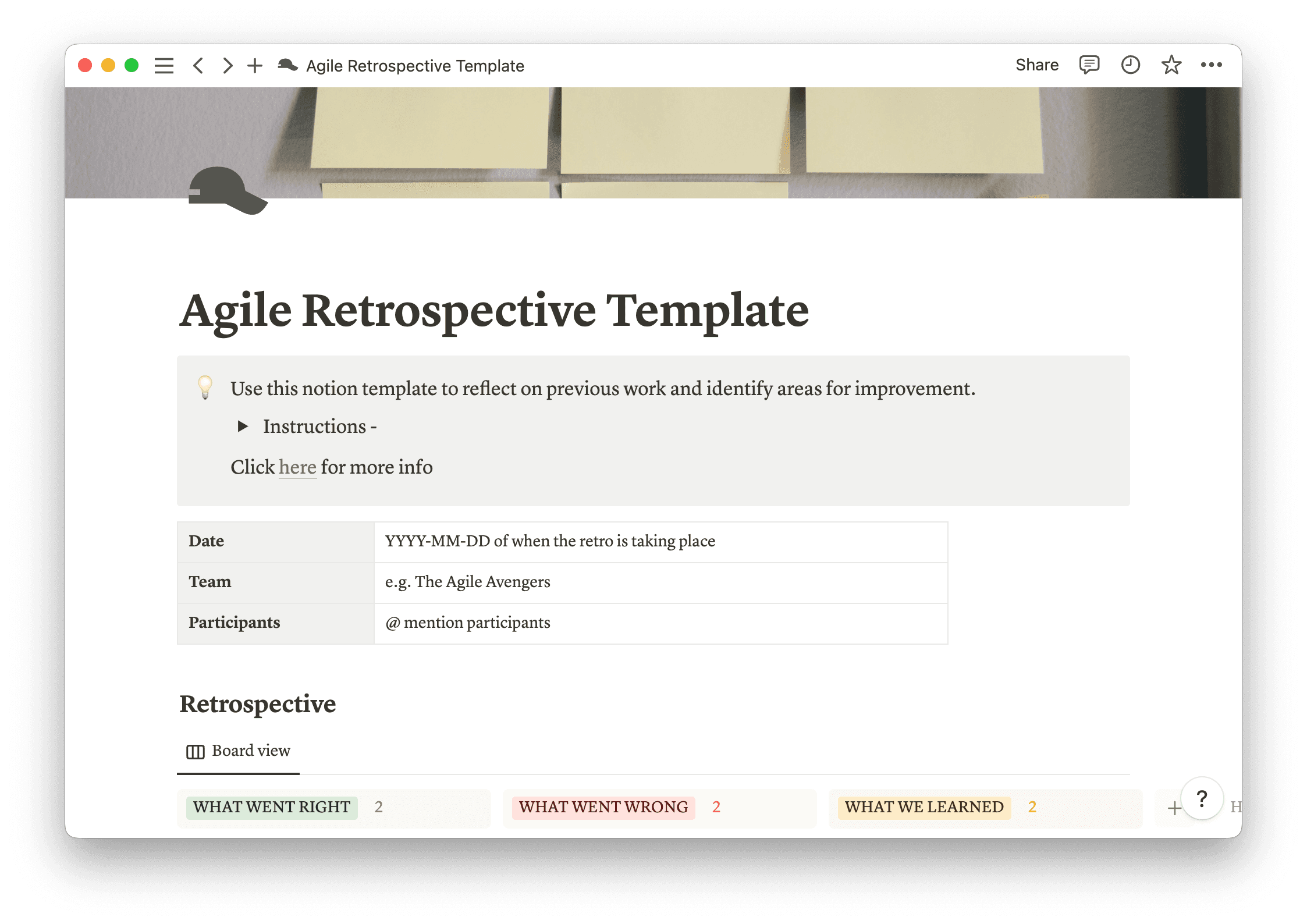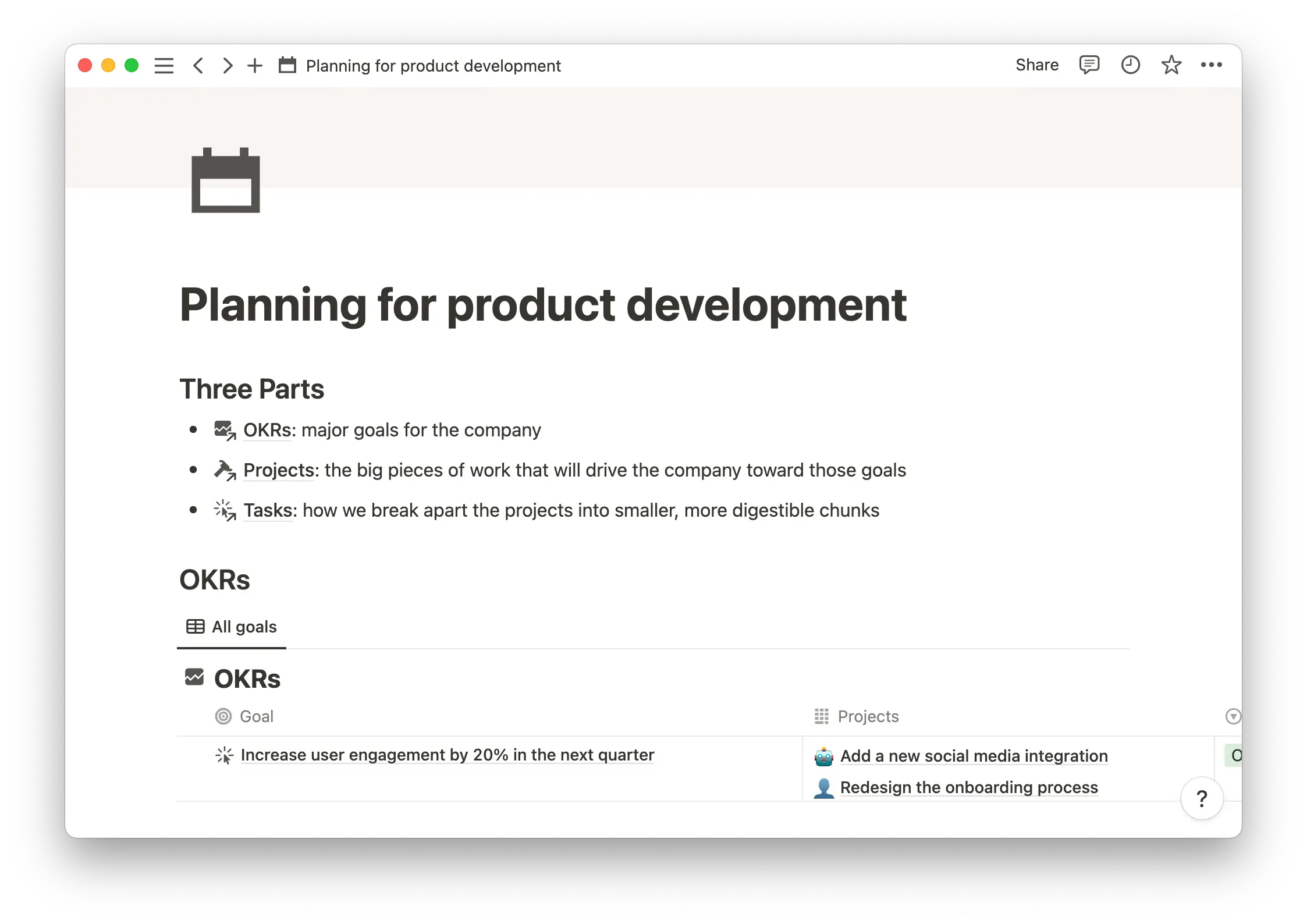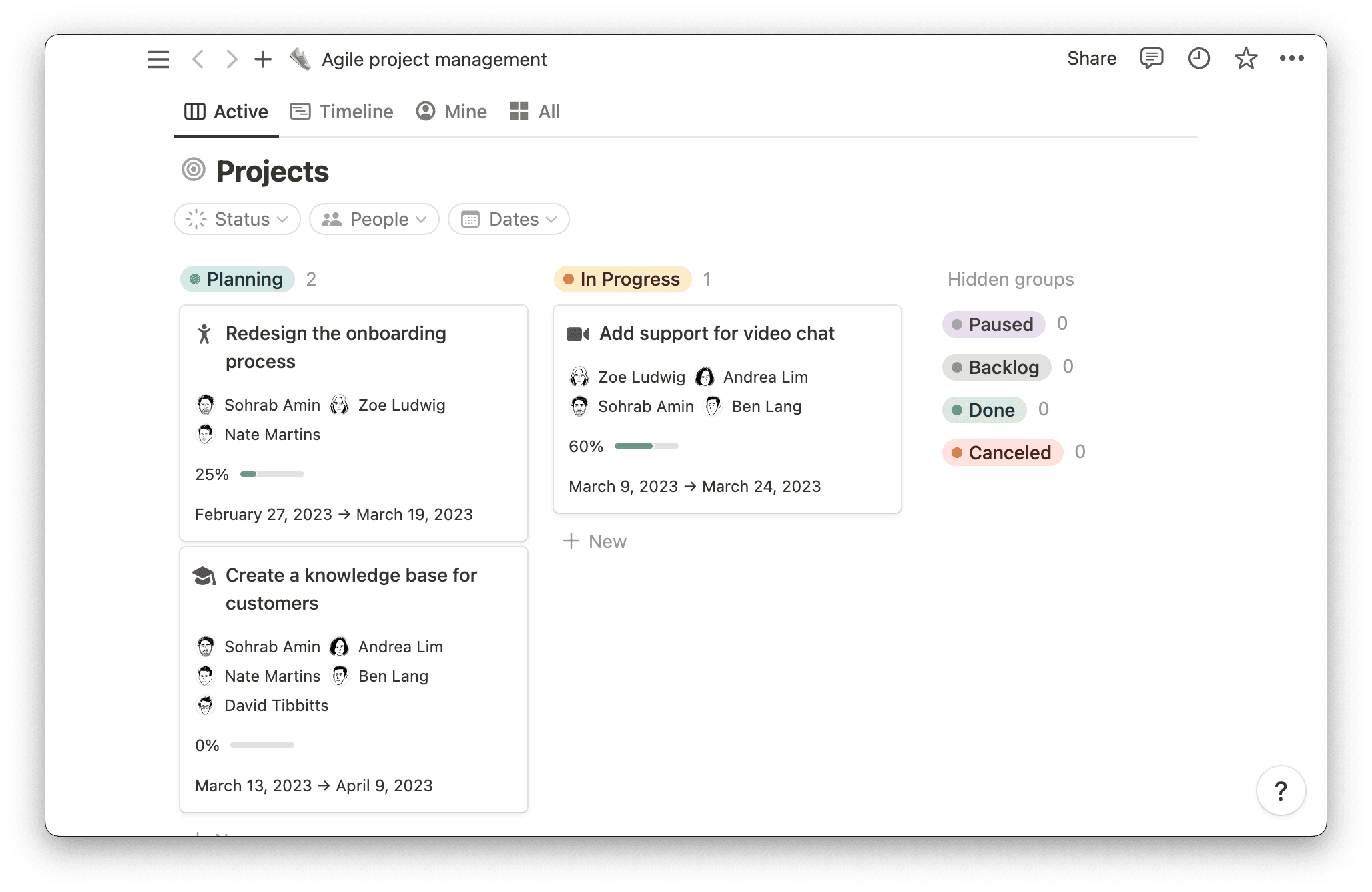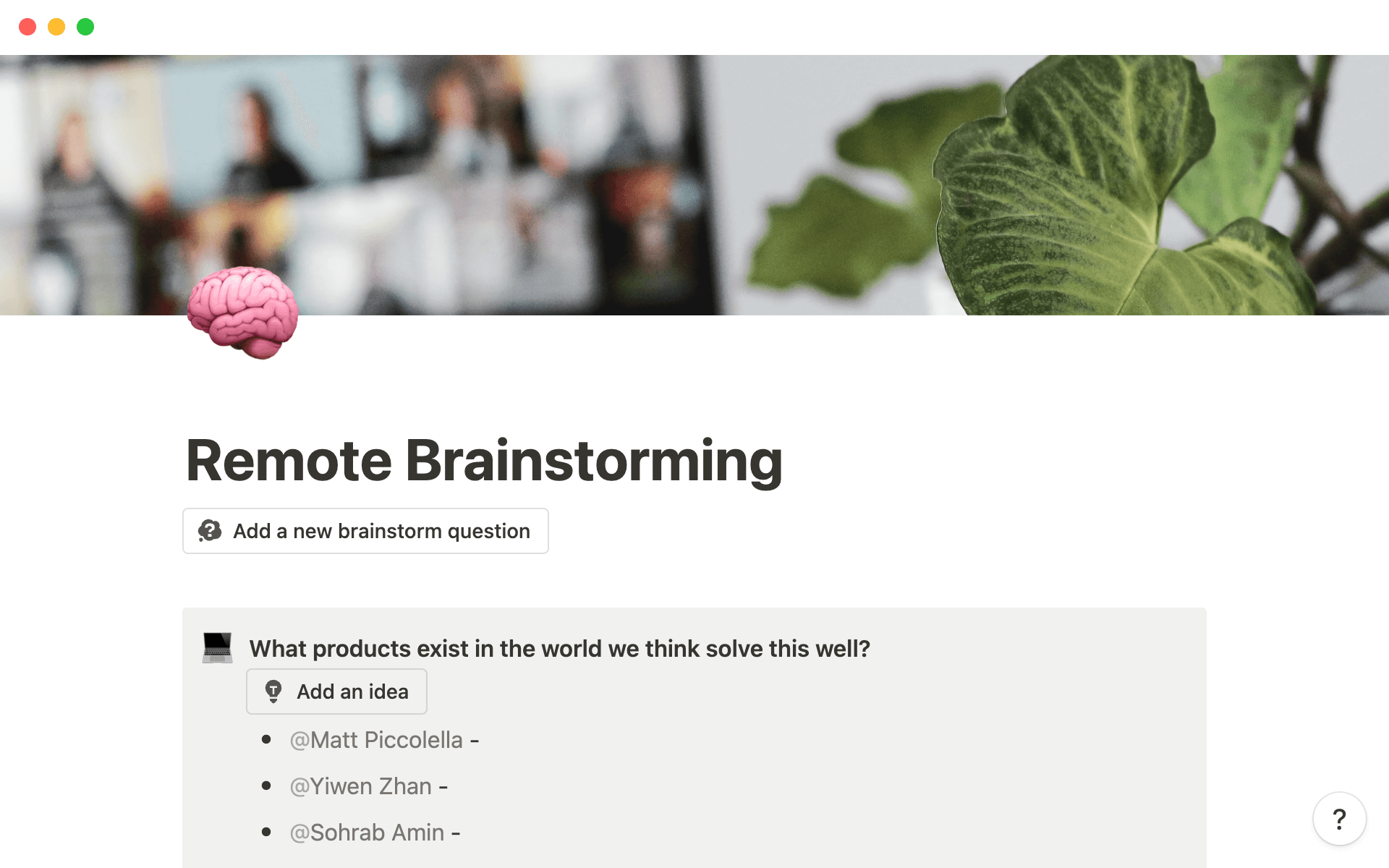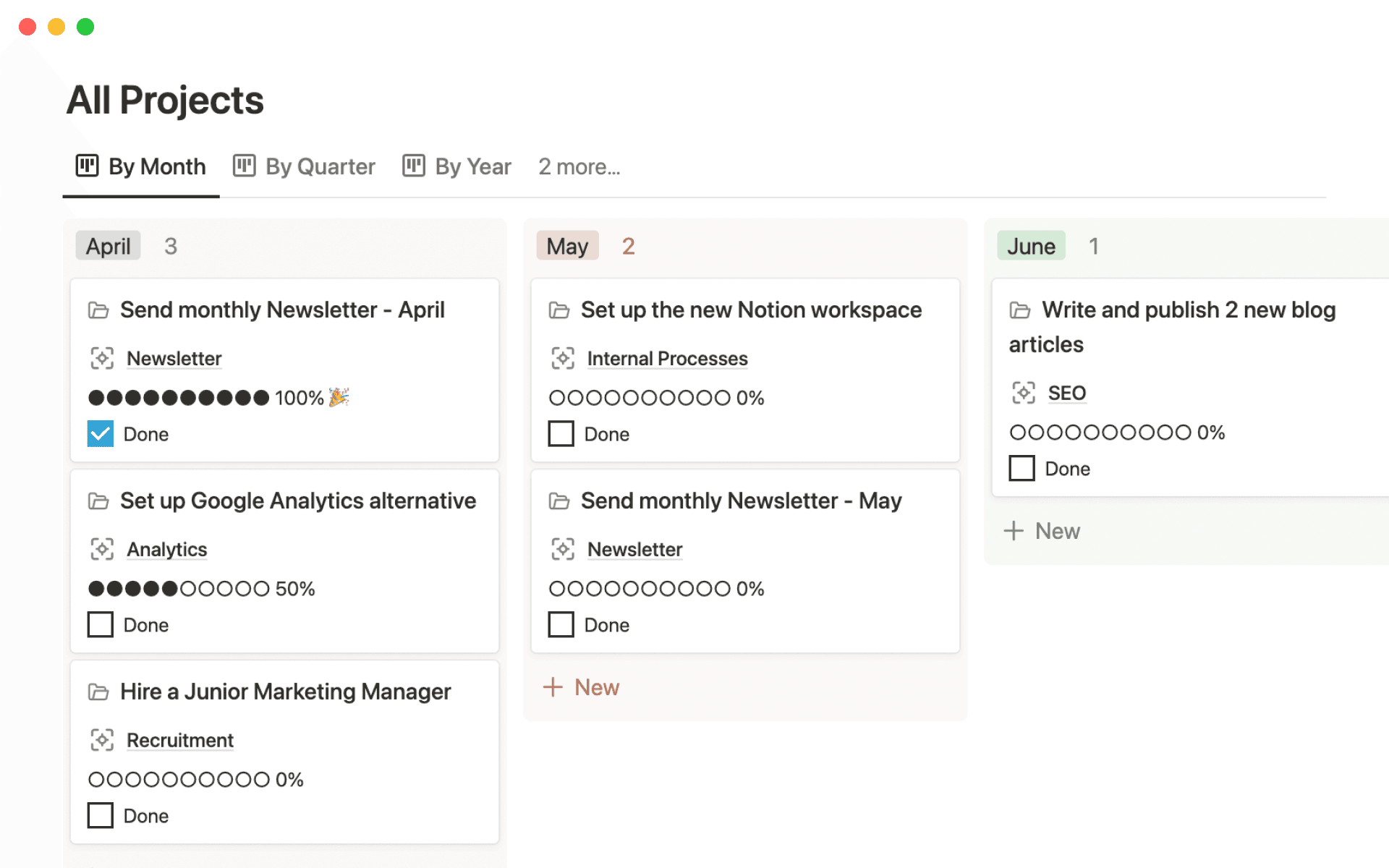Originating in Japan, the Kaizen principle is a concept based on five core elements and transcends borders, rooting itself in various industries, from automotive giants like Toyota to tech pioneers like Sony.
This universal principle’s popularity stems from being applicable to almost any situation where improvement is needed. Its strength lies in its adaptability and focus on small, incremental changes, which lead to significant and sustainable improvements over time.
By applying Kaizen, organizations and individuals can achieve their goals, enhance work quality, and thrive in competitive markets.
What's Kaizen?
The Japanese word Kaizen roughly translates to "change for better" or "continuous improvement." This concept embraces the idea that gradual enhancements can lead to significant improvements.
Teams apply the principle’s core elements differently across various industries — but the aim of continuous improvement remains constant.
Manufacturing and production — Kaizen was initially developed in the manufacturing industry and remains highly relevant. It's essential for optimizing production processes, reducing waste, and enhancing product quality.
Service industries — the Kaizen methodology works well in service industries such as healthcare, hospitality, and customer service, helping organizations streamline processes, elevate service quality, and enhance customer satisfaction.
Project management — Kaizen project management approaches aid project efficiency and reduce errors. Continuous improvement ensures that every project runs more effectively than the last.
Quality assurance — maintaining and bettering product and service quality is a fundamental application of Kaizen. This principle stresses consistently meeting and exceeding quality standards.
Personal development — individuals can apply Kaizen principles to their personal and professional lives, like continuous learning, skill development, and self-betterment.
Lean manufacturing — Kaizen is a cornerstone of Lean thinking, a philosophy that stresses waste reduction in all forms. It’s particularly relevant in environments striving for Lean processes and operations.
Small businesses — small enterprises can uniquely benefit from Kaizen due to the approach's adaptability, which promotes competitive edge and allows continuous refinement of processes and products.
The 5 elements of Kaizen
Kaizen encourages individuals and teams to consistently enhance processes, reduce waste, and boost productivity. The method fosters ongoing learning and adaptability, where managers recognize and celebrate even the smallest improvements.
Five core elements make up the building blocks for Kaizen success:
Teamwork — all team members must work together to identify and implement improvements. Adequate collaboration is crucial to the success of Kaizen projects.
Morale — Kaizen projects aim to boost individuals' confidence by recognizing and rewarding their contributions to the improvement process. High morale is essential for maintaining a motivated and engaged workforce.
Quality circles — team members should regularly meet in small groups to brainstorm and execute improvements. These circles promote collective ideation for more innovative change.
Suggestions for improvement — ideas for positive change are not limited to a select few but are accessible to everyone within the organization.
Personal discipline — Kaizen involves individual commitment to continuous learning and pursuing excellence in one's work. Tools like Notion's habit tracker template can help keep personal accountability by organizing daily routines.
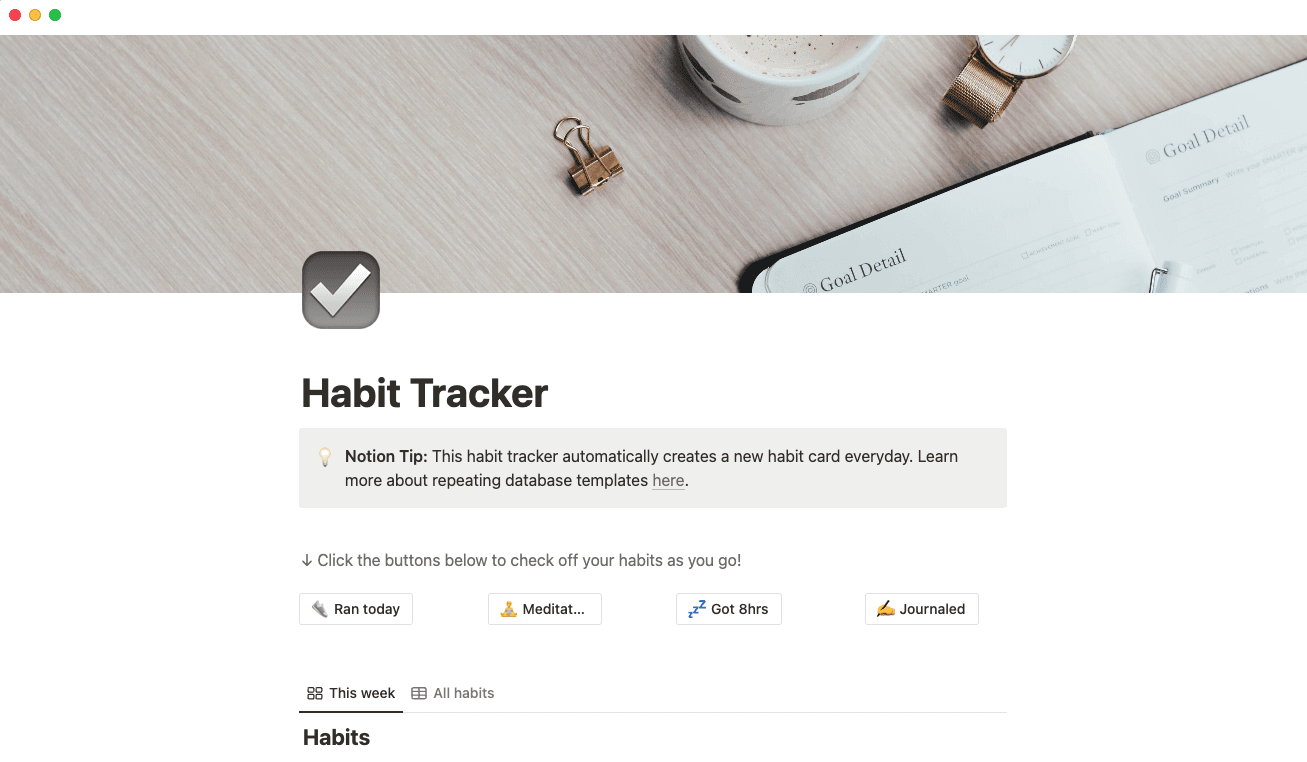
Key benefits of the Kaizen continuous improvement method
Kaizen's benefits are far-reaching and varied, but the method reliably provides the following advantages.
Promotes teamwork
When applying Kaizen’s core elements, managers encourage team members to suggest modifications to their daily workflows. A winning, well-implemented suggestion can lead to better problem-solving while fostering group unity.
Develops leadership skills
Leaders stand out for their sense of responsibility and ability to solve problems effectively. Kaizen nurtures these qualities by encouraging individuals to take responsibility for change and its outcomes, exercise innovative thinking, and lead in implementing new practices. This benefits personal growth and enhances an organization's leadership pool.
In a software development team, for example, a junior developer inspired by the Kaizen philosophy might take the lead on resolving a critical bug, demonstrating leadership potential that had previously been dormant.
Eliminates waste
Sometimes a process can include unnecessary steps or waiting times that lead to overproduction and excess inventory. Kaizen focuses on identifying and eliminating all forms of waste to achieve Lean Six Sigma processes.
The method also promotes small changes over time — like rearranging workstations or reducing time spent between tasks. Gradually, numerous minor improvements accumulate, dramatically enhancing overall operational efficiency.
Illuminates worthy targets
Kaizen encourages individuals to constantly seek improvement areas, ensuring their goals are active and adjustable to the evolving landscape of technology and business. Through a structured process involving data-driven analysis, continuous feedback, and achievable goals, you can set realistic targets relevant to your needs and adaptable to evolving circumstances. And digital tools like Notion's goal-project-tasks template can assist in aligning daily actions with life and work aspirations.
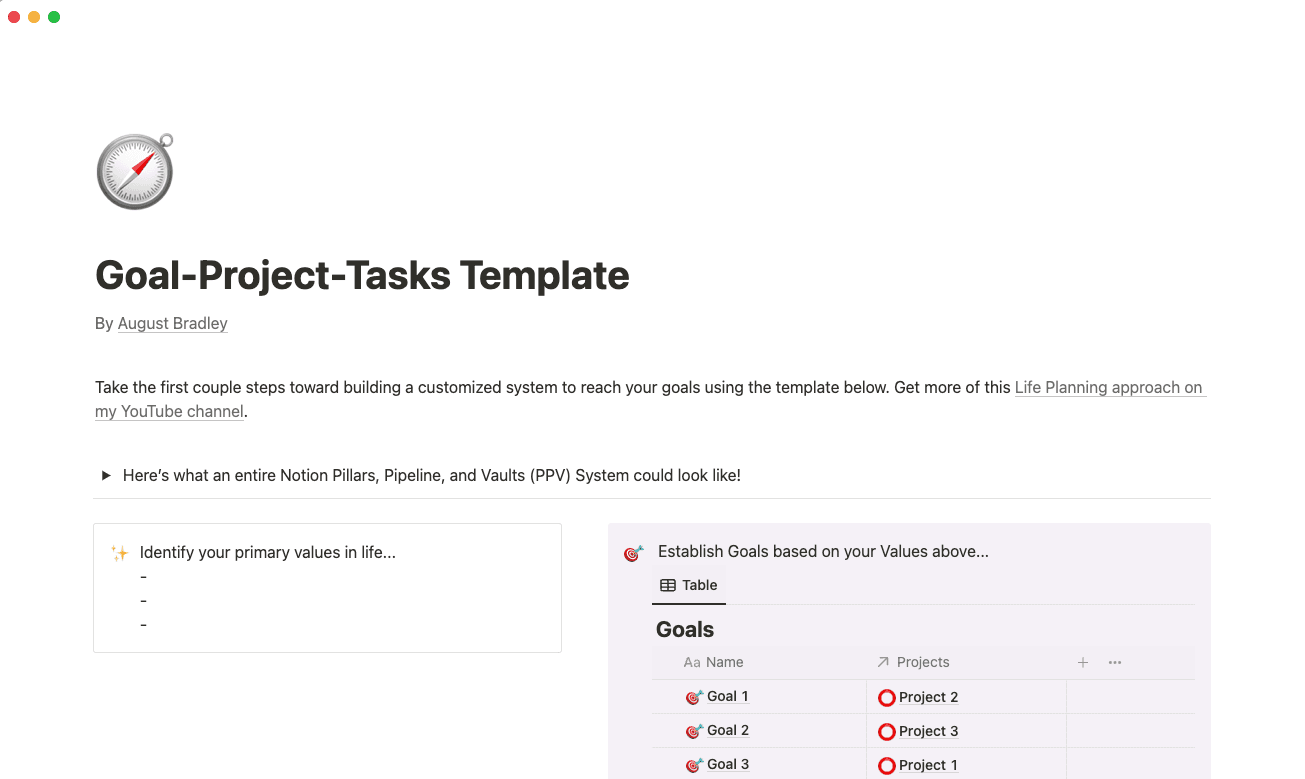
Helps you document standard work practices
Kaizen encourages the creation and maintenance of standardized work documents. These might include step-by-step instructions and process guidelines that outline the exact tasks, sequence, and expected outcomes of different procedures.
Work documents serve as references to ensure teams follow the most efficient and effective methods, eliminating ambiguity. As managers refine processes and create better strategies, they can update work documents to reflect changes so their team maintains the latest practices.
The Kaizen process unveiled: 5 steps
Implementing the Kaizen process isn’t a one-time endeavor — it's a consistent feedback cycle.
Whether you're aiming for personal or organizational growth, these actionable steps will guide you toward continuous improvement.
1. Identify and analyze the problem's root cause
During the initial stage of the Kaizen process, teams or individuals meticulously investigate the problem at hand. This typically involves collecting data — a Gantt chart might be useful here — and encouraging open discussions to comprehensively understand the issue's underlying factors. Identifying the root cause sets the stage for practical solutions.
2. Design solutions for the problem
The Kaizen approach emphasizes developing changes that aren’t only effective but also sustainable over the long term. Finding effective solutions often involves brainstorming, testing different approaches, and evaluating potential resolutions to ensure they align with the organization's goals and resources.
3. Ensure consistent implementation
Effective implementation and consistency are critical to the Kaizen process’s success. This phase involves rolling out changes across the organization or team, training employees, and monitoring new methods to ensure they become standard work procedures.
4. Measure and standardize
Over time, the cumulative impact of continuous improvement efforts becomes evident. Organizations benefit from enhanced quality, increased efficiency, and a culture of innovation. After implementing a solution, it’s essential to track the results and verify the resolution.
Suppose you’ve proven the solution effective. In that case, it’s vital to standardize the new process and sustain it over time. Standardization guarantees improvements remain in place and everyone adheres to redefined best practices.
5. Sustain continuous improvement
The Kaizen process is an ongoing cycle — a continuous loop of identifying problems, implementing solutions, and seeking further improvements. This unceasing commitment to betterment lets organizations remain competitive and adaptable.
Companies that embrace Kaizen
Several renowned companies have harnessed the power of the Kaizen principles across their process maps to achieve remarkable success. Here are a few notable examples:
Toyota — often considered the pioneer of Kaizen in the manufacturing industry, Toyota’s relentless pursuit of quality and efficiency has made it a global leader in the automotive sector.
Nestle — Nestle is a global food and beverage industry leader that has successfully integrated Kaizen into its operations, allowing them to innovate and adapt to evolving consumer preferences.
Sony — known for its innovative electronics and entertainment products, Sony has applied Kaizen practices to design and manufacturing processes, resulting in high-quality products and satisfied customers.
Sustaining growth with Notion
Notion offers various resources that support the Kaizen journey, like customizable templates that connect overarching goals to specific projects and granular tasks.
Explore Notion's library to find goal organizers, plan your workday with a life planner, or prioritize tasks with a weekly to-do list to maintain focus and drive for excellence.


